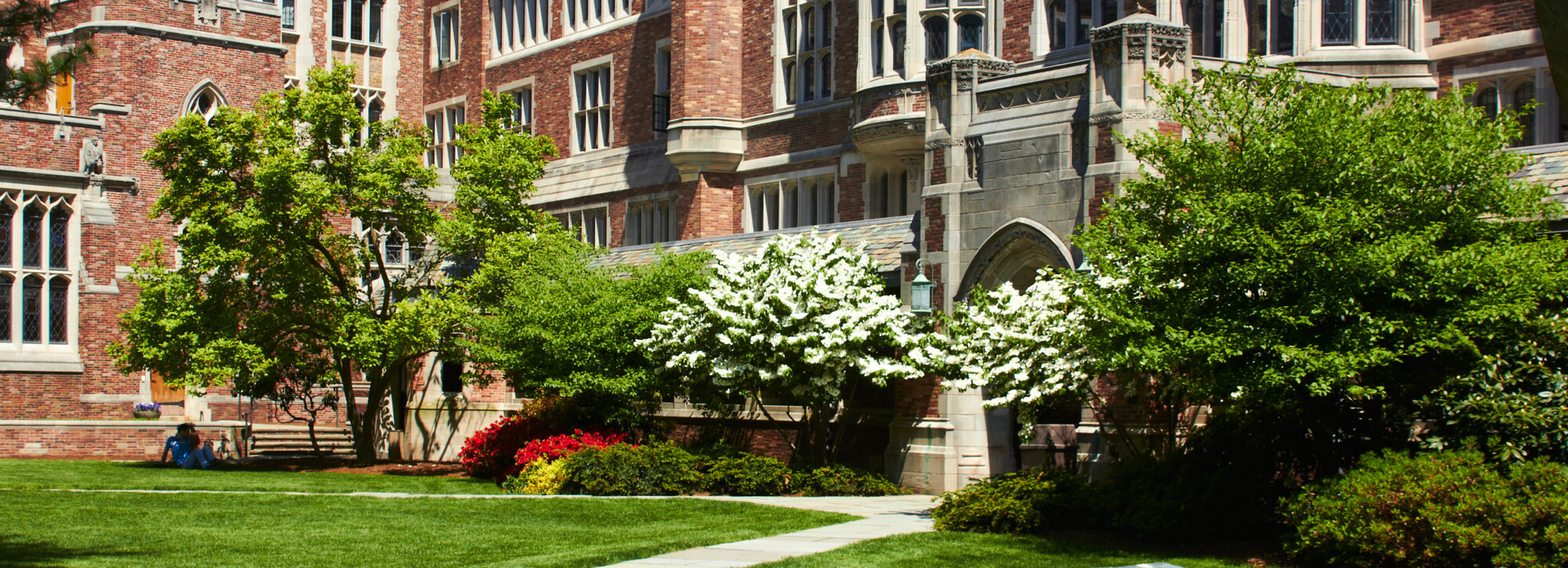Overview of Clerkship Job Data
YLS students and alumni accept clerkships at a variety of times. Many students accept one or more clerkships as students and commence those clerkships either immediately after graduation or in some later year. Some of these students will accept a second (or sometimes third) clerkship as alumni. Other students forego the clerkship process as students and wait until after graduation to pursue clerkships.
